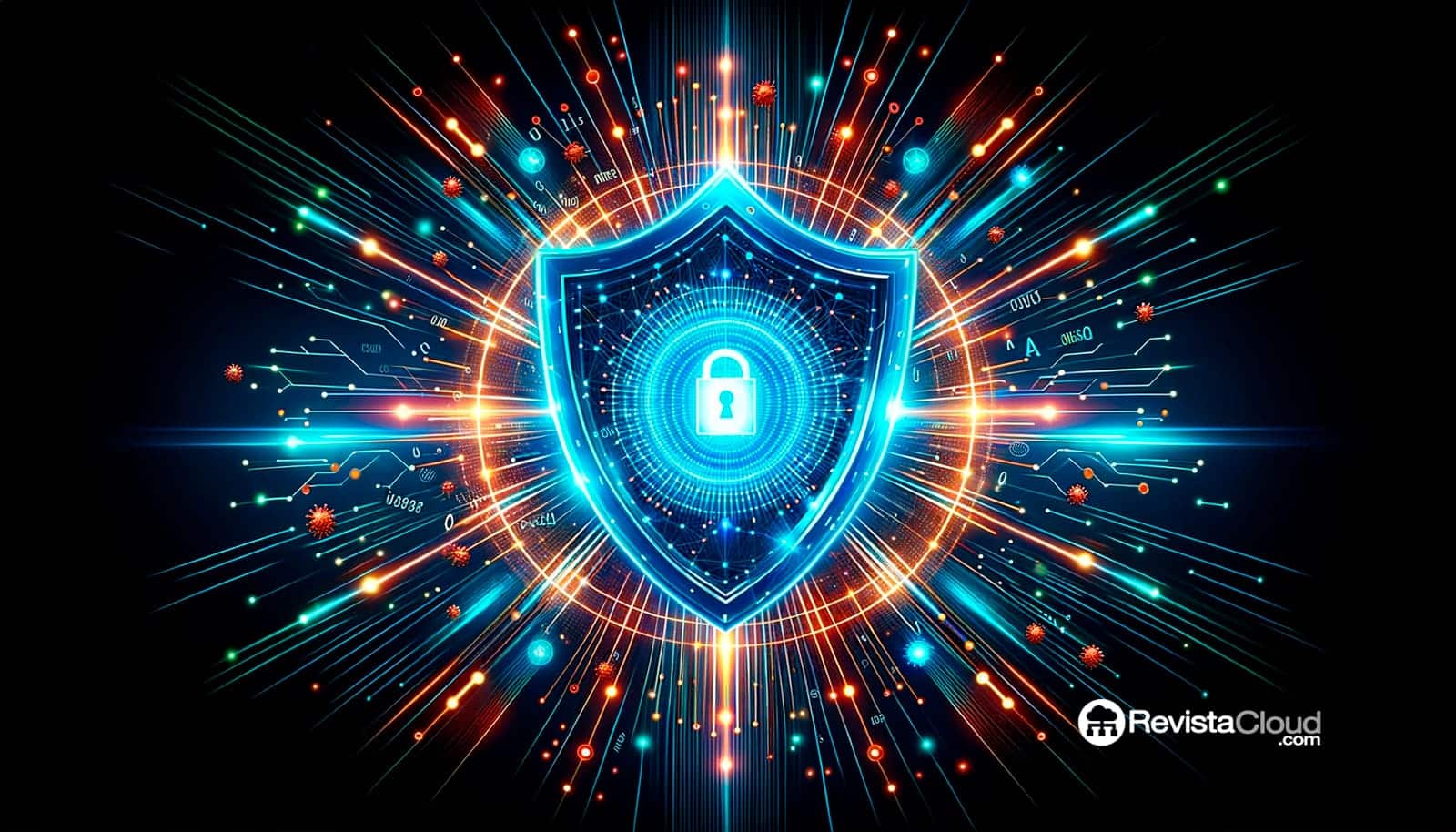In an increasingly interconnected world, protecting critical infrastructure has become a national priority. These vital systems, ranging from electrical grids to transportation systems, are the cornerstone of any country’s social and economic functioning. However, the growing digitalization has brought new risks that demand urgent attention.
Threat Evolution
Security in critical infrastructure has undergone a radical transformation in recent years. While the focus was previously on preventing physical sabotage, cyberattacks now pose an equal or even greater threat. Security experts warn that a successful attack on these systems could have devastating consequences, affecting essential services such as energy supply, water, or transportation systems.
Legal and Regulatory Framework
In response to these challenges, Spain has implemented Law 8/2011, known as the Law on the Protection of Critical Infrastructure (PIC). This regulation establishes a framework for identifying, cataloging, and protecting infrastructure considered essential for the country’s functioning.
The National Center for the Protection of Critical Infrastructures (CNPIC) plays a key role in implementing this law, coordinating efforts between public and private entities to strengthen the resilience of these vital systems.
Protection Strategies
The protection of critical infrastructure is based on three fundamental pillars:
Risk Management: Involves the constant identification and assessment of potential threats, as well as the implementation of preventive measures.
Security Enhancement: Encompasses both physical and cyber security, including the implementation of advanced technologies and staff training.
Resilience Increase: Focuses on developing the systems’ ability to withstand and recover quickly from possible attacks or failures.
Current Challenges
One of the biggest challenges today is ransomware, a type of malware that encrypts victims’ data and demands a ransom for its release. Experts note that these attacks have increased in frequency and sophistication, posing a significant threat to critical infrastructure.
Public-Private Collaboration
The complexity of modern critical infrastructure requires close collaboration between the public and private sectors. The PIC Law establishes mechanisms such as the HERMES system, which facilitates communication and coordination between critical operators and competent authorities.
Conclusion
Protecting critical infrastructure is an ever-evolving challenge that requires a multidisciplinary and adaptive approach. As cyber threats continue to evolve, it is crucial that security strategies remain up to date and that there is close collaboration among all involved parties. Only then can the resilience of these vital systems be ensured, and therefore the security and well-being of society as a whole.

